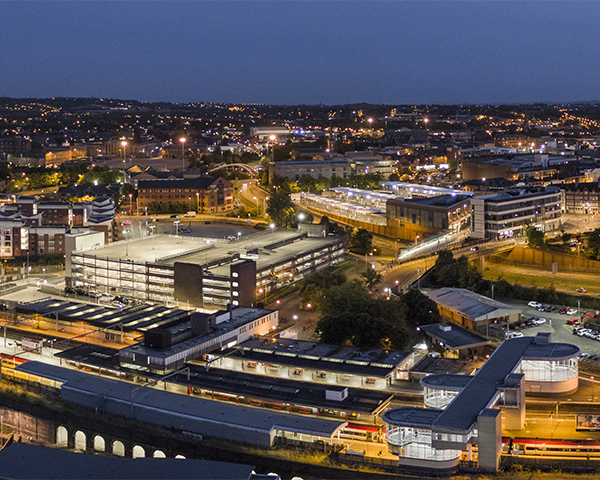INSIGHT
SD-WAN: it’s time to finally leave the nineties behind
Take yourself back to 1999.
While most people were gearing up for the dawn of a new millennium, those who worked in IT had something else to get excited about: the rise of Multiprotocol Label Switching (MPLS).
In hindsight we probably weren’t that excited.
The point is they were different times. We had everything we needed right there on our desk inside our cubicle, from our bulky PCs to our even bulkier monitors. And all of it played nicely with our network.
20 years later that network hasn’t changed. But everything around it has.
Now people work all over the place, at all different times, on multiple devices. They need to instantly access data whenever and wherever they want. And increasingly that data is in the cloud.
The network that was fit for purpose all those years ago can no longer cope.
In a recent report in collaboration with Ovum*, we asked IT decision-makers what their main pain points are when using connectivity services:
- 45% said limited features
- 43% said slow setup or change procedures
- 37% said difficulty integrating network technologies
Clearly it’s time for a change.
And that change is SD-WAN. Or to unpack the catchy acronym: software-defined networking in a wide area network.
Why SD-WAN?
SD-WAN allows you to do three things:
1. Make faster, better business decisions
2. Make changes to your network more quickly
3. Focus on your customers more
Let’s start with the top two points: the speed at which SD-WAN allows you to move.
There’s a very simple reason for this: where access to data on today’s network often requires convoluted processes or relies on third party suppliers, SD-WAN lets you access your own data directly at the source.
Not only are you taking back control of what your network is doing and how it’s managed, you’re also getting much better visibility of the data you have.
Most importantly, however, you’re able to make business decisions as quickly and as close to that data as possible. And because SD-WAN is built for the cloud, your people can make those decisions from anywhere, any time of day.
And unlike its MPLS predecessor, which was built for carriers, by carriers, SD-WAN is built with end customers in mind.
That is the fundamental difference here: the move from a network that’s made for technologists to a network that’s made for the customer experience.
The turning point is now
There are far too many articles out there citing the likes of Kodak and Blockbuster as examples of what happens when a business evolves too slowly.
But without sounding too alarmist, the move to SD-WAN is already well underway, and those that don’t make the change soon enough may be forced to make it in future – on somebody else’s terms.
Again, however, don’t think of this as some gargantuan thing you have to achieve all at once. An unmanageable maze that’s suddenly going to arrive and disrupt your day-to-day business.
Think of it as a journey: a series of simple, everyday revolutions, each one helping you serve your customers better than the last.
* Ovum: SDN to SD-WAN: First Steps into the Future Network



